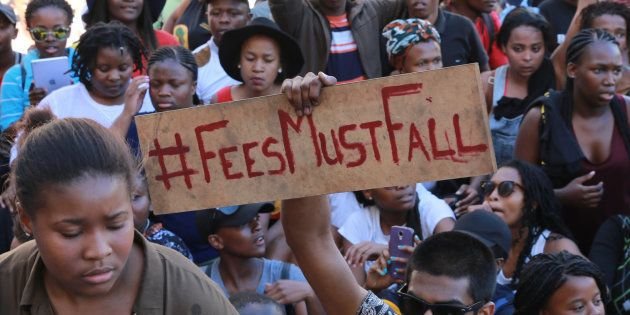How can the #Feesmustfall Campaign be Justified
Skip to content
Skip to footer
How can the #Feesmustfall Campaign be Justified
How can the #Feesmustfall Campaign be Justified

